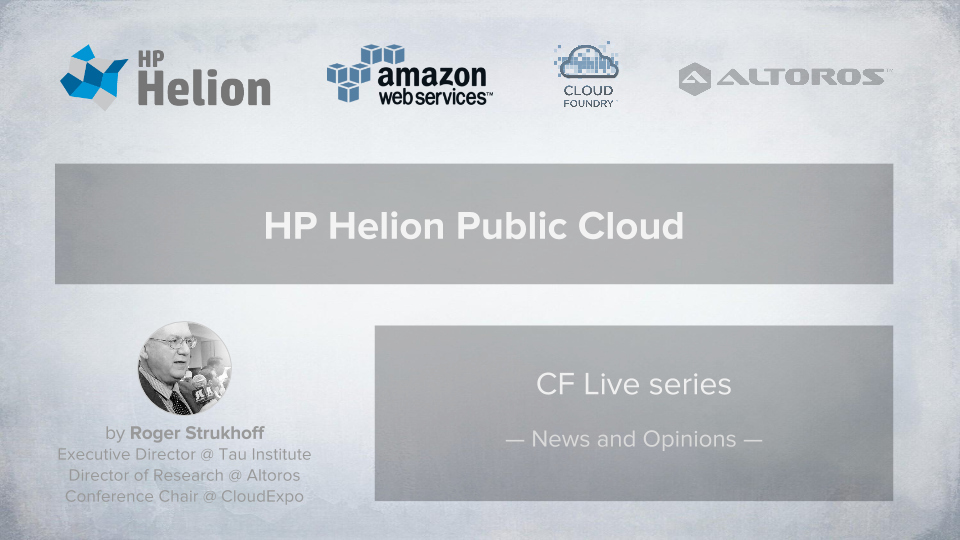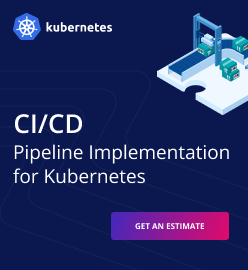HP’s Public Cloud to Ride into the Sunset

What does it mean?
HP will discontinue its Helion Public Cloud business in January 2016. It should have little impact per se, as the best information I have is that it will affect a very small number of customers directly.
Meanwhile, members of the Cloud Foundry community can say a collective “yippee,” as HP “doubles down” (in HP Cloud EVP Phil Hilf’s words) on its CF-driven commitment to virtualizing and cloudifying as much of its enterprise IT customer base as possible.
Despite HP’s current image as a somewhat muddled technology laggard—and I don’t think I’m being unfair in making this statement—the company still has more than $100 billion in annual revenue. With the looming split into two entities, it will be highly instructive over the next couple of years to see how well its enterprise IT business does overall.
The closure of HP public cloud is uniformly attributed to two, perhaps unrelated things: the ascendance of AWS, and the inability of HP to scale appropriately. I can’t comment on this latter belief, not having knowledge of how HP’s teams have worked internally to develop their public-cloud capabilities. One common observation is that AWS and other cloud-deployment giants such as Google and Facebook have been custom-building their own commodity-like hardware to let them leap tall buildings in a single cloud.
Facebook is even opening it through its participation with the Open Compute Project. Google is, shall we say, less transparent.
The thinking here is that if HP is “stuck” using the same old, same old commodity hardware it sells on the open market, then it won’t be able to compete in the ethereal realm of AWS.
Big deployment, I think
But the situation more likely comes down to the software engineers that are eating the world. Even though Amazon has always denied that its public-cloud services are rooted in the realization that it had a lot of unused capacity, it is true that the company had to design and deploy an enormous, complex infrastructure to handle the volume and complexity of orders from its online “store.” Jeff Bezos has often proclaimed a universal vision of, in essence, selling anything to everyone, and he means to claim as much of the global $75 trillion economy as possible.
For now, he’s apparently claiming about $7 billion in annual public-cloud revenue. As I’ve written before, this seemingly impressive number represents a small fraction of the overall global enterprise IT budget. Whether one thinks of $2 trillion in overall expenditures, $300 billion in enterprise software, or even $60 billion (i.e., 20% of enterprise software budgets commonly thought to be devoted to innovation), the $7 billion is still a small percentage.
Add to that the fact that Amazon is no doubt still reaping a very healthy margin on its public-cloud services, despite dozens of incremental price reductions, that $7 billion shrinks considerably.
But it’s still a heck of a lot of infrastructure to be managed, mostly successfully, by a single company. And it’s based on the tens of billions of annual revenue being racked up by Amazon, one book and one pair of shoes at a time.
HP could not possibly create a similar construct without also having such vast experience in processing billions of orders with the most far-reaching retail inventory in the world. It seems to be a fool’s errand to try.
Where do we go from here? Will Amazon just keep growing and growing, with some competition from Microsoft and Google along the way? Will any other legacy IT company (e.g., IBM) be able to compete with today’s leaders?









